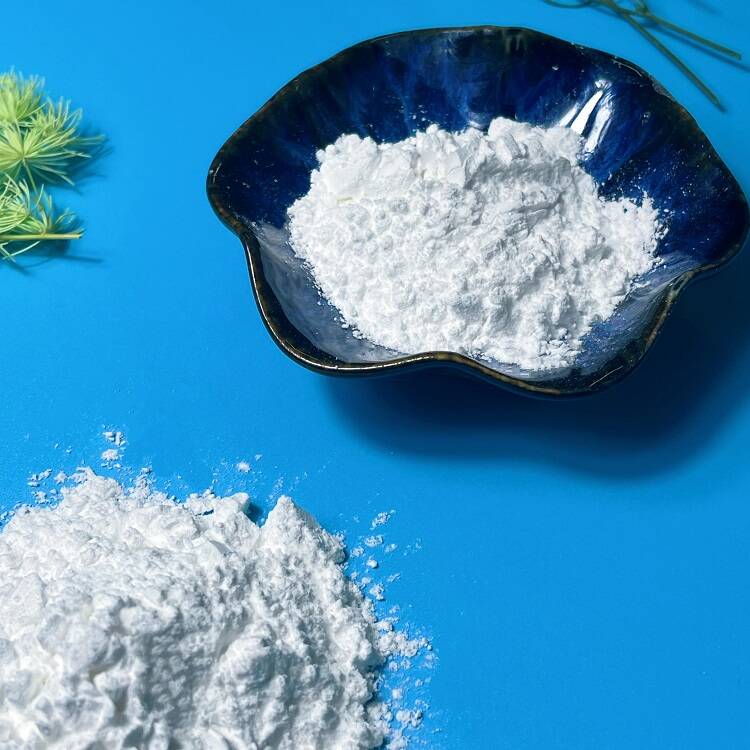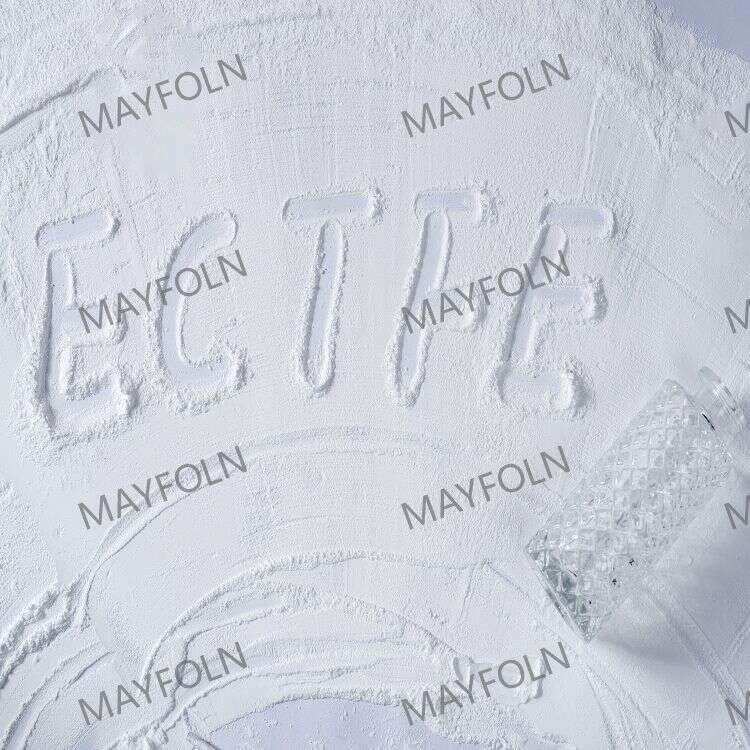-
Categories
-
Pharmaceutical Intermediates
-
Active Pharmaceutical Ingredients
-
Food Additives
- Industrial Coatings
- Agrochemicals
- Dyes and Pigments
- Surfactant
- Flavors and Fragrances
- Chemical Reagents
- Catalyst and Auxiliary
- Natural Products
- Inorganic Chemistry
-
Organic Chemistry
-
Biochemical Engineering
- Analytical Chemistry
-
Cosmetic Ingredient
- Water Treatment Chemical
-
Pharmaceutical Intermediates
Promotion
ECHEMI Mall
Wholesale
Weekly Price
Exhibition
News
-
Trade Service
Application of modified connective cellulose MAC in latex paint
Jiang Qibin (South China University of Technology School of Materials Science and Engineering, Guangzhou 510640)
Chen Deming (Guangzhou Wanlianxin New Chemical Materials Co., Ltd., 510620) 0 Introduction
Cellulose is a waterless glucose residue connected by the three-dimensional regulatory polymer, which is the most abundant renewable resource in nature. However, due to the existence of a large number of hydrogen bonds within and between the molecules of natural cellulose, a large number of reactive hydroxyl is closed, making it difficult to dissolve, cellulose reaction activity is low, the ability of chemical reactions is poor, affecting the use of cellulose. Therefore, many physical, chemical and biological methods are used to pre-treat cellulose, which makes the structure and properties of cellulose change. For example: cellulose and its derivatives through thin film, to make a variety of separation film, widely used in reverse osmosis ultrafiltration, gas separation and other membrane separation process; cellulose powder by adjusting microcrystalline, powdered or needle-shaped microfi-briu Celledulose (MFC), with a huge surface area and special properties, widely used in medicine, food, daily chemicals, ceramics, coatings, construction and other fields. These modified methods do not introduce new groups to change the chemical structure of cellulose or its derivatives, but only changes in physical form, is a physical modified method. The chemical modified method of cellulose is the main method to obtain functional group characteristics and characteristic properties of cellulose polymer through molecular design, including structural design and functional group design. There are two main types: cellulose degradation and derivation of cellulose hydroxyl. The former refers to oxidation degradation, acid degradation, alkali degradation, mechanical degradation, photodegradation, ion degradation and biodegradation of cellulose, while the latter includes chemical reactions such as cellulose esterification, etherization, pro-nuclear replacement, hedging co-fusion and crosslinking. This paper reviews and compares the application properties of several types of thickeners in latex paint, and studies the application of a modified ligand cellulose (Modi-fled Associative Cellulose, MAC) thickener in latex paint.1 Role of thickeners in latex paint
latex paint is mainly a mixture of polymer emulsions and water dispersions of pigment particles, but it is difficult to become a coating between the two, because there is no good storage performance, construction performance, appearance, can not form a good coating film, must add a variety of additives to achieve the desired purpose. These additives include dispersants, defrosts, thickeners, fungicides, pH regulators, etc. , wherein thickeners are added mainly to adjust viscosity, improve storage, construction performance, etc. , its variety is many, mainly inorganic thickeners (organic modified bentony) and organic thickeners (cellulose, acrylates, polyurethanes) and so on, the use of more organic thickeners.
Commonly used cellulose thickeners are hydroxyethyl cellulose, (HEC), often using the method of first wetting and then dissolving in water, cellulose thickeners in water after dissolution, hydration of a large amount of water, volume expansion, while reducing the "free movement" of water, so improve the viscosity of the water phase. However, due to the volume expansion of thickeners filled the entire water phase, the suspended pigment particles are squeezed to one side, so that they are close to each other, resulting in a tendency to flocculation, and latex paint luster is also limited, at the same time it makes the viscosity increased, splashing more in the roll coating phenomenon. Acrylic thickener is a base-soluble polymer containing pyridine, in water with a pH of 8 to 10, the pH is dissoquented, soluble and swollen, so that the viscosity of the water phase is increased; Therefore, the degree of thickening is very sensitive to pH, latex paint in storage is not easy to maintain pH stability, in the case of pH increase and decrease, may make viscosity on the construction performance. Polyurethane thickeners are line-type hydro-hydro-polymer compounds with an oil-friendly base at both ends. In addition to hydrating and swelling and thickening the water, it can also connect the pro-oil end base with emulsion particles, pigment particles (adsorbed pigment dispersants) to form a three-dimensional network, surrounded by water in the network, to achieve thickening purposes. Pu-type thickener advantages are good fluidity, easy to operate, can be made into splash-proof and good leveling latex paint, but on the other hand, the use of Pu-type thickener emulsion dosage must reach a certain amount to reflect its thickening, fluidity, and PU-type thickener has the characteristics of surfactants, the stability of latex paint, de-foaming has a certain impact, easy to affect other groups. Now a new MAC latex paint thickener has been developed, which is based on HEC and the reaction is connected with the appropriate bonding bond. It not only reflects the cellulose thickener to "fix water" to thicken the effect, but also with latex particles in latex paint, pigment particles to produce a contracting cooperation, in latex paint when the use of a very special effect, mainly reflected in the following aspects:
first, MAC thickener storage stability is good. Because MAC specifically introduced the bonding bond structure, and the relative molecular mass is lower than HEC, so it combines less water in the form of hydration, "free water" more, pigment particles are less squeezed, the chance of collision with each other is reduced, flocculation tendency is smaller, and MAC can and milk The pigment filler of the lacquer paint is used to form a three-dimensional mesh structure in the latex paint, which has a fixed and stable effect on the pigment and emulsion, and prevents the production of latex paint water and precipitation, thus ensuring the stability of latex paint. Practice shows that the use of MAC thickeners in latex paint has better storage stability than HEC thickeners, especially in latex paints with low PVC values (Figure 1). Both MAC and HEC additions in Figure 1 are 0. 48%, all other raw materials are the same, PVC is 28%., MAC thickeners have anti-floating hair flowering properties. In latex paint, pigment floating color, flowering phenomenon is an important aspect affecting the quality of latex paint, especially when using organic pigments in latex paint, pigment floating color, flowering phenomenon is more serious, the cause of this phenomenon: on the one hand, due to some organic pigment reflow water Sex, density is small, so easy to float, on the other hand, other parts of latex paint on the organic pigment dispersion stability in latex paint has a negative impact, especially thickener on the organic pigment squeeze, resulting in latex paint floating, flowering phenomenon. Just from improving the compatible of organic pigments and latex paint to solve the problem of floating color and flowering of organic pigments in latex paint, the effect is not obvious, there are some difficulties, and the use of MAC can effectively prevent latex paint floating color, flowering phenomenon, Because MAC is relatively small in molecular mass, the degree of extrusion of organic pigments is small, and MAC can be used in cooperation with organic pigments, so that organic pigments can be distributed steadily and evenly in latex paint, to prevent latex paint floating color, flowering phenomenon has played a good effect.
third, MAC thickeners have a "clean function". Latex paint is generally used surfactants, such as dispersants, emulsions, fungicides, etc. are anion surfactants. When a certain amount of high-priced cations are present in latex paint, they react with these anion surfactants, thereby losing or reducing the effectiveness of their use. In fact, the fillers added to latex paint (e.g. heavy calcium, talcum powder, kaolin, etc.), especially some active fillers (e.g. light calcium, zinc oxide, etc.), are inevitably introduced into latex paint some high-priced cations, when they reach a certain concentration, they will react with the anionic surfactant in latex paint, so that latex paint produces such as gel, powder flocculation, precipitation and other problems, resulting in latex paint. In 2000, many paint factories in Guangdong used light calcium to produce transparent hard particles, mainly caused by this cause. After the use of MAC, there is a certain stability effect on high-priced cations, thus reducing the concentration of high-priced cations in latex paint products and reducing the possibility of such problems.performance of 2 MAC thickeners and HEC thickeners
2. 1 Thickening
the thickening of MAC thickeners and HEC thickeners in latex paint is shown in Figure 2.From Figure 2, it can be seen that the two ends of the thickener molecule can be connected with emulsion particles, pigment particles (adsorbed pigment dispersants) to form a three-dimensional network, making the emulsion system pigment flocculation tendency is small. In normal dosing, due to this co-operation, the dispersion of pigments has a stable effect.
2. 2 Storage stability comparison
From Figure 1, it can be seen that the storage stability of latex paint using MAC thickener is very good, storage for 1 year basically no layering phenomenon, and the use of HEC thickener emulsion layering phenomenon, and with the extension of the height of the water layer is also slowly rising.
2. 3 Effect of temperature on viscosity
effects of MAC and HEC thickener systems on viscosity can be seen in Figure 3.figure 3 shows that latex paint systems that use MAC as thickeners are less sensitive to temperature than systems that use HEC as thickeners are less sensitive to temperature.
2. Effect of 4 pH on viscosity
the effect of pH on viscosity of MAC and HEC thickener systems is shown in Figure 4.figure 4 shows that HEC has a good thickening effect in different pH ranges, while MAC thickeners have the best thickening effect only under weak alkaline conditions. The pH of the general latex paint system is just weakly alkaline, so this is conducive to the best effect of MAC thickener.
2. 5 Scrub-resistant performance
Scrub resistance compared to the addition of 2 thickener coatings is below Table 1.: The above MAC and HEC additions are 0. 5% 。 The other raw materials are the same, PVC is 80%
Table 1 states that using MAC thickeners in latex paint is better scrub resistant than using HEC thickeners.3 Conclusion
The organic thickeners used in latex paint have their own characteristics, so when preparing latex paints with different PVC values, they are usually used in conjunction with a variety of different types of latex paint thickeners, such as in the preparation of high When latex paint with PVC value, in order to ensure that latex paint is stable and not layered when stored, HEC, alkali soluble and combined polyurethane thickener are often used, and the pigment and dispersion system should also be adjusted appropriately. The use of MAC thickener not only makes latex paint have a very good thickening effect, but also can ensure the quality of the product, so that the production process, raw materials inspection and operation space expanded, in latex paint to maintain a leading position.






